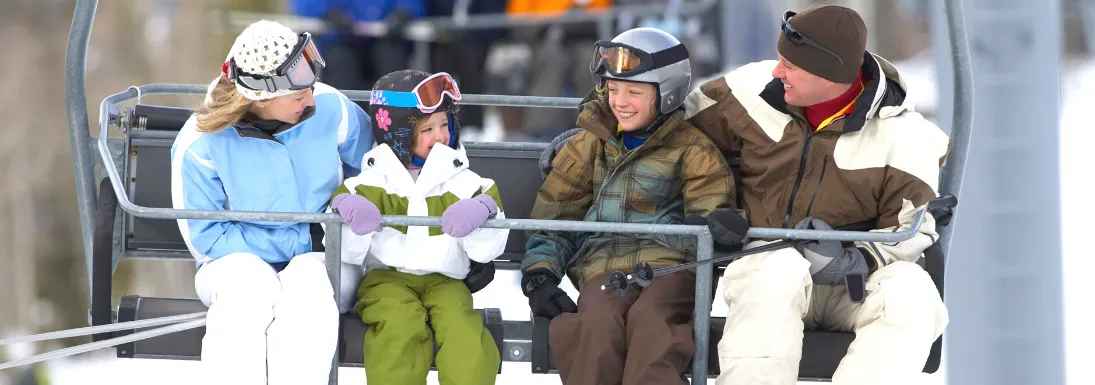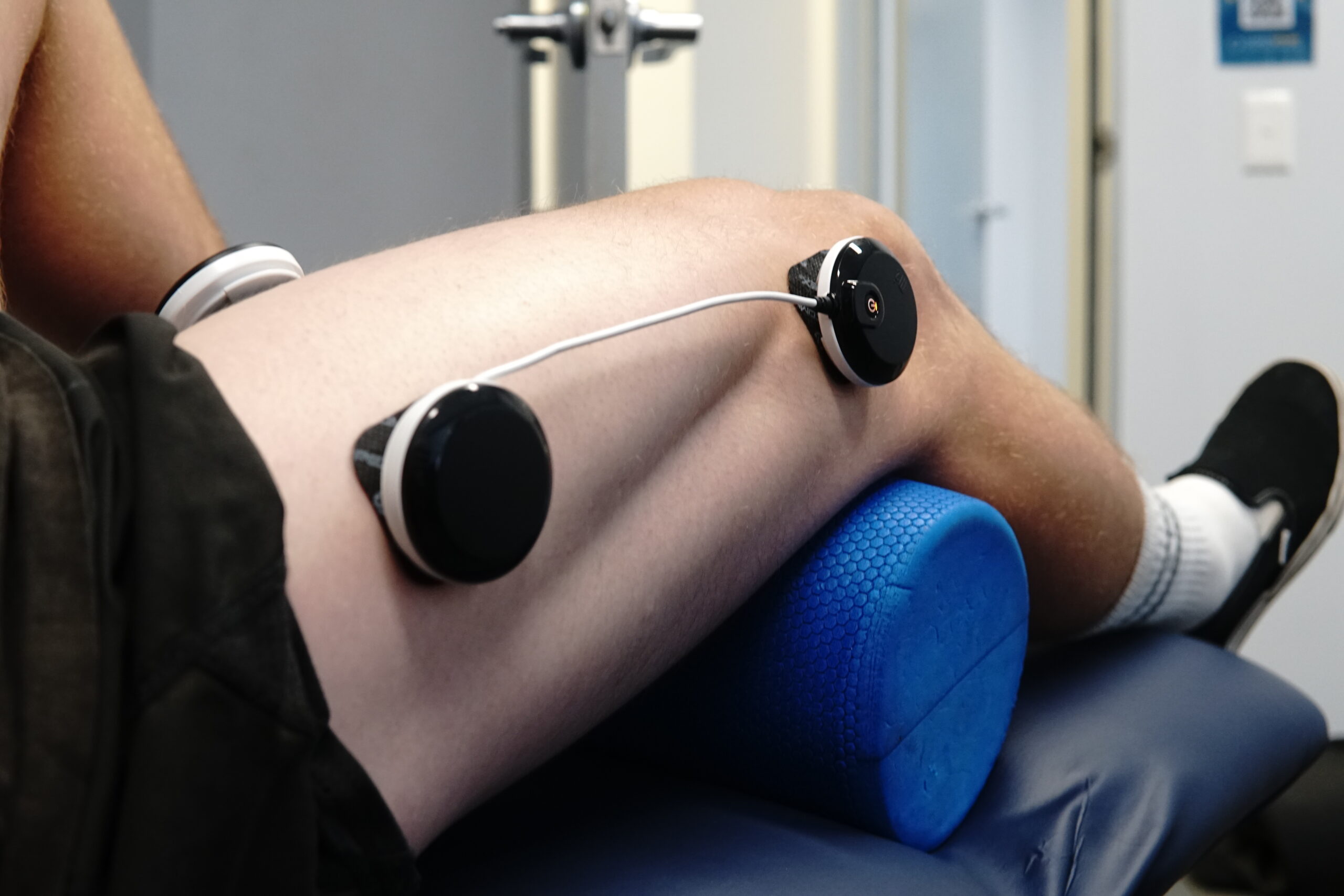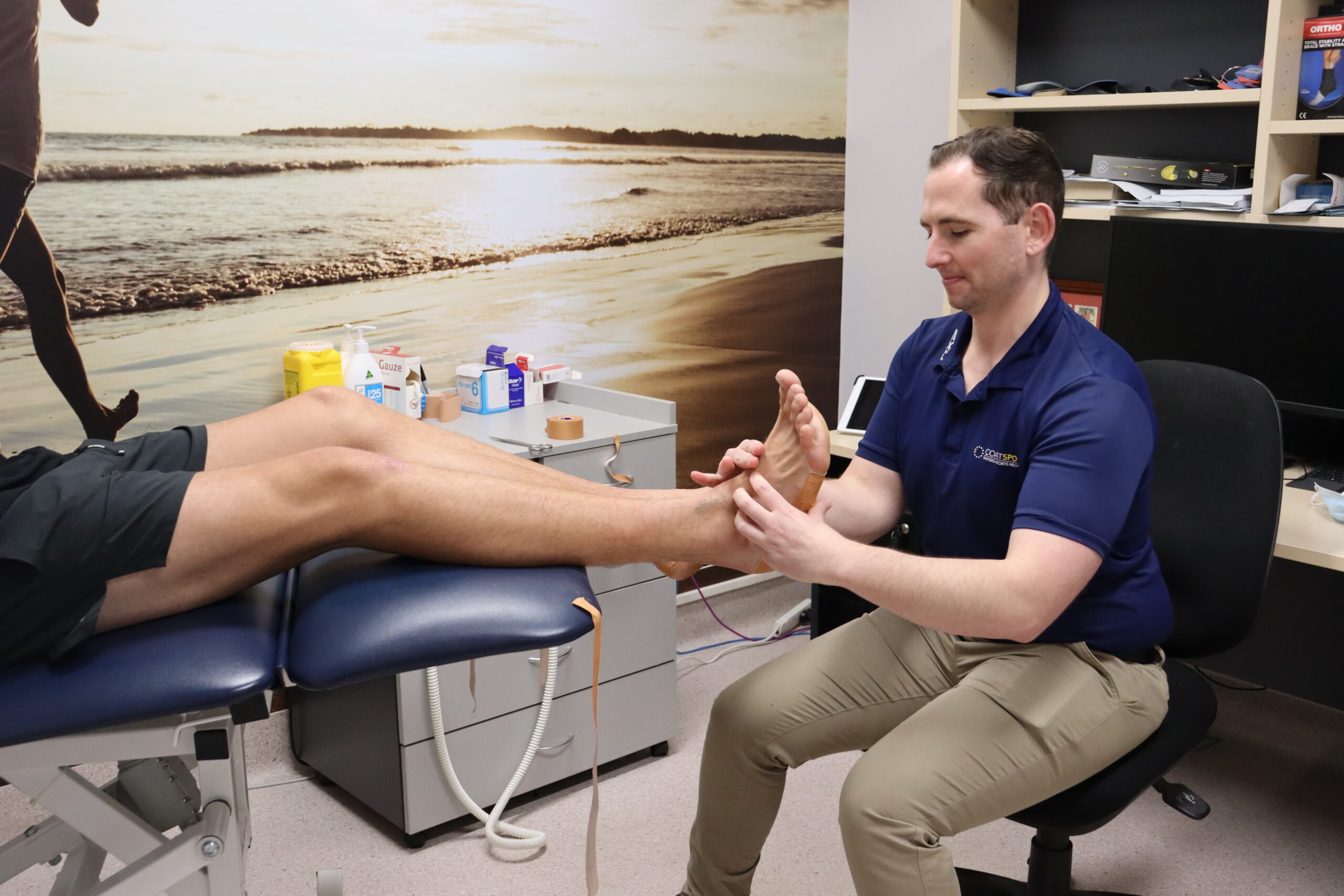The winter season is well and truly upon us here on the Central Coast which means it’s time for our return to the snow! Are you returning to snow in NSW? Unfortunately, due to the COVID-19 pandemic your physical and mental preparation for the winter season is probably below par. Maybe you haven’t been exercising at the same intensity prior to isolation. Or maybe your access to strength equipment and gyms were limited during this time. Essentially, your physical and mental conditioning for the demands of skiing and snowboarding activities may have taken a hit. We’re here to discuss how to stay injury free when returning to the snow (NSW).
Did you know that the most recent audit of sports injuries conducted revealed that snow sports injuries accounted for 1,114 of sports injury hospitalisations? (Australian Government, 2014).
Preventing Injuries During your Return to the Snow (NSW)
Although studies have highlighted the need of strengthening and exercise to help reduce snow sport injuries, there are no specific exercises or strengthening interventions that have been investigated. Despite this, a 30% reduction in risk of injuries was associated with resistance training, stretching, cardiovascular training and ski-instructional videos. This indicates that a further need of specific exercises and conditioning such as balance tasks, cardiovascular training, quadriceps, hamstrings, hip and core strengthening is an important aspect in physical preparedness for winter sports. Furthermore, it has been proven that lower limb strengthening exercises is effective in preventing falls. Hence, core training and lower limb strengthening is a key component for optimal sports performance, falls and injury prevention.
Strength training for the Snow
Strength and conditioning needs to be specific for the demands of your sport. As skiing and snowboarding are predominantly double leg activities squats to improve quadriceps and hip strength is a vital component of any strength program. Strength training takes 6-12 weeks for strength gains to be achieved so make sure that you prepare early and start your strength program well before your annual ski trip.
Here is an example of a strength program that will help improve your performance on the mountain.
Please keep in mind, that some of these exercises may not be appropriate for your level of strength and conditioning when returning to the snow (NSW). Every individual is unique and here at Coast Sport we can design a program with resistance, prescription and dosage specifications tailored to your needs.
– Double Leg Squats
– Single Leg Box Squats
– Single leg Hamstring bridges
– Lateral lunges
– Crabwalks (Resistance banded)
– Monster walks (Resistance banded)
– Star excursion balance exercises (Toe taps or sliders)
– Skater jumps
– Double leg bounds (Forward, lateral, rotational, diagonal, continuous)
Warm Ups for Returning to the Snow
Performing warm up exercises increase body temperature and blood flow to muscles contributing to improved exercise performance, neuro-muscular stimulation and reduces the risk of injury to muscles and tendons (Park et al, 2018). A combination of aerobic and dynamic stretching has a positive effect on exercise performance by promoting psychological readiness, preparation and confidence in performing exercise. The idea of the warm up is to increase blood flow and body temperature to prepare the body physically and mentally for exercise, not to fatigue.
Here is an example of a specific snow sports warm up:
Aerobic Exercise – Light walk to the ski lift or bus stop
If unable to walk an alternative exercise is bodyweight squats, bodyweight lunge twists, double leg bridges, crabwalks (2 x 6-8 reps)
Dynamic Stretching – Downward dog or inch-worms, walking high knee stretch, walking sumo squats, single leg Romanian deadlifts, walking heel scoops (2 x 8 reps).
Practice Run – Now you have warmed up, hit the slopes and perform a practice run. Do what I say and not what I do. It’s usually best to get your eye in and activate your neuromuscular control and proprioception before taking on the more challenging runs.
View our previous post on Winter Sport and Cold Weather Warm Ups
Rest, sleep, recovery, nutrition and hydration
Unfortunately, most people do not place enough importance on rest, sleep and recovery. After exercise, fluids and energy, which are lost, must be replenished, body temperature restored and damaged tissue repaired. Here are some important elements of recovery to make sure you are ready to back up with another day of hard skiing (and snowboarding):
Nutrition and hydration is an important component to replace the energy and fluids lost throughout a big day of skiing and snowboarding.
Sleep is the most critical element of post-exercise recovery. Most research has shown the positive relationship between sleep, improved performance and muscle recovery.
Stretching combined with self-massage such as foam rolling in a separate recovery session can provide important health-related benefits such as maintaining or improving range of motion and reducing muscle soreness.
Wearing compression garments may also provide benefits in some aspects of recovery but further research is required.
Proper Instruction and Equipment during your Return to Snow
Proper Instruction and lessons are just as important in preventing injuries as strength and conditioning are when returning to the snow (NSW). Ski and snowboard instructors can educate recreational mountain goers on proper technique to help fall properly and avoid injuries.
Furthermore, technological advancements mean that more aggressive and high-performance equipment may predispose recreational skiers to injury if they use equipment beyond their capabilities.. Ski bindings, plate and boot systems that are too loose or improperly fitted can predispose you to injury. Make sure your equipment is properly serviced and adjusted based on your weight, height and skiing abilities. Preventative equipment such as helmets and wrist guards can prevent disastrous and even fatal accidents and can be associated with a decrease of 43% in head, face or neck injuries.
Finally, make sure you stay safe and ride within your capabilities when returning to the snow (NSW). Pay attention to signs of fatigue, which can affect your ability to perform the physiological demands of skiing or riding.
If you’d like to hear more from us, we have our Top Tips for Preparing for the Slopes with video warm ups included.
Please remember these are general recommendations and must be preceded with caution when following general advice.
If you’re looking for further instruction on how to maximise your physical capabilities during snow training and injury prevention tips, contact us at Coast Sport! We can design a strength and conditioning and injury prevention program specifically tailored to your skiing and snowboarding needs.
With all this in mind happy shredding and POW hunting!
– Senior Physiotherapist, Phillipe Oei




 Helping the Central Coast Feel Well, Move Well and Perform Well!
Helping the Central Coast Feel Well, Move Well and Perform Well!